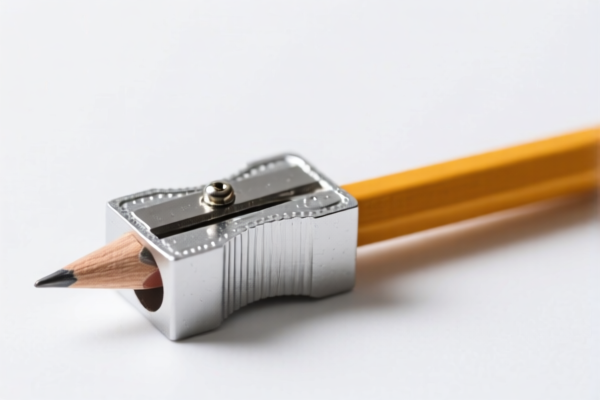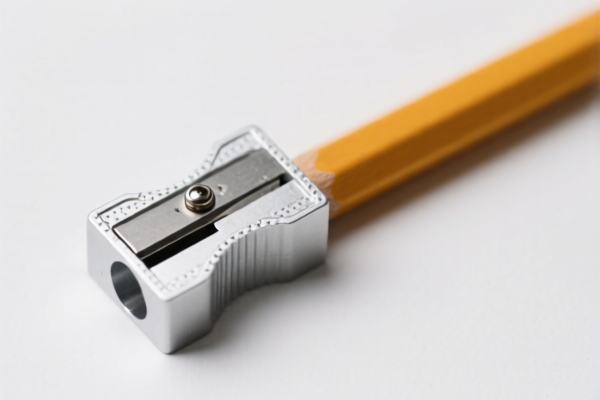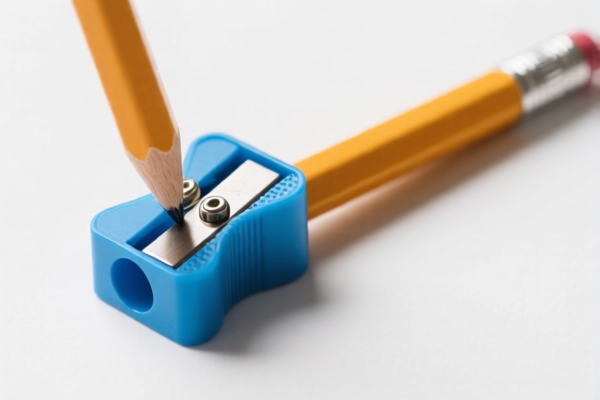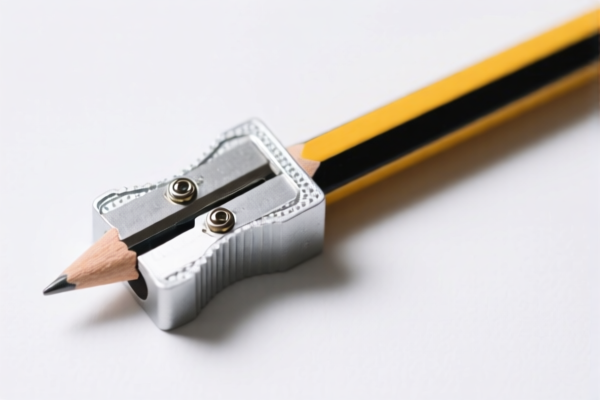| HS Code | Official Doc | Tariff Rate | Origin | Destination | Effective Date |
|---|---|---|---|---|---|
| 8207303020 | Doc | 60.7% | CN | US | 2025-05-12 |
| 8207504030 | Doc | 38.4% | CN | US | 2025-05-12 |
| 8205100000 | Doc | 61.2% | CN | US | 2025-05-12 |
| 8205598000 | Doc | 58.7% | CN | US | 2025-05-12 |
| 8206000000 | Doc | The rate of duty applicable to that article in the set subject t+30.0% | CN | US | 2025-05-12 |
| 8460310040 | Doc | 59.4% | CN | US | 2025-05-12 |
| 8460390020 | Doc | 59.4% | CN | US | 2025-05-12 |
| 8461508090 | Doc | 59.4% | CN | US | 2025-05-12 |
| 8461906090 | Doc | 59.4% | CN | US | 2025-05-12 |
| 8487900080 | Doc | 83.9% | CN | US | 2025-05-12 |
| 8487900040 | Doc | 58.9% | CN | US | 2025-05-12 |
| 6804300000 | Doc | 55.0% | CN | US | 2025-05-12 |
| 6815910071 | Doc | 55.0% | CN | US | 2025-05-12 |
| 6815994170 | Doc | 55.0% | CN | US | 2025-05-12 |




Drill Sharpener
A drill sharpener is a tool used to restore the cutting edge of drill bits, extending their lifespan and improving their performance. Dull drill bits are inefficient, require more force to operate, and can produce inaccurate or damaged holes.
Material
Drill sharpeners utilize various materials in their construction, primarily:
- Abrasive Wheels: Typically made from aluminum oxide, silicon carbide, or diamond. Diamond wheels are the most durable and effective, suitable for harder materials like carbide-tipped bits, but are also the most expensive. Aluminum oxide is common for general-purpose sharpening of high-speed steel (HSS) bits.
- Motor Housing: Commonly constructed from cast iron or durable plastics for stability and vibration dampening.
- Base: Often cast iron or steel for a stable platform during operation.
- Guides & Clamps: Steel or hardened plastic, designed to hold the drill bit securely at the correct angle.
Purpose
The primary purpose of a drill sharpener is to:
- Restore Cutting Edge: Re-establish the sharp, angled edge of a drill bit that has become worn or damaged through use.
- Improve Performance: Sharpened bits cut faster, cleaner, and require less force.
- Extend Bit Lifespan: Regular sharpening prevents further damage and allows for continued use of valuable drill bits.
- Maintain Accuracy: Sharp bits produce more precise holes, reducing the risk of wandering or oversized openings.
Function
Drill sharpeners function by removing small amounts of metal from the drill bit's cutting edges using abrasive wheels. Key aspects of the function include:
- Angle Control: Maintaining the correct lip angle (typically 118 degrees for general purpose, but varies based on material) is crucial for effective sharpening. Sharpeners use guides and adjustable features to ensure consistent angle.
- Rotation & Feed: The drill bit is rotated against the abrasive wheel, while being slowly fed forward to remove metal.
- Cooling: Some sharpeners incorporate cooling systems (water or coolant) to prevent overheating of the bit and wheel, extending their life and improving the sharpening process.
Usage Scenarios
- Woodworking: Sharpening bits used for drilling in wood, including brad point bits, twist drills, and Forstner bits.
- Metalworking: Sharpening HSS and carbide-tipped bits used for drilling in steel, aluminum, and other metals.
- Automotive Repair: Sharpening bits used for drilling in metal components during repairs.
- Construction/Maintenance: Sharpening bits used for drilling in various materials during general maintenance and repair tasks.
- DIY/Home Improvement: Sharpening bits for a wide range of projects around the home.
Common Types
- Benchtop Drill Sharpeners: The most common type, mounted on a workbench. Offer a good balance of power, precision, and cost. Often feature adjustable guides for different bit sizes and angles.
- Portable Drill Sharpeners: Smaller, handheld devices, useful for on-site sharpening. Typically less powerful and precise than benchtop models.
- Slow-Speed Drill Sharpeners: Utilize a slower wheel speed, generating less heat and making them suitable for sharpening carbide-tipped bits.
- Diamond Wheel Sharpeners: Employ diamond abrasive wheels for superior cutting performance and durability, ideal for all bit types.
- Guided Sharpening Systems: More advanced systems with precise guides and adjustable features for consistent, repeatable sharpening results. Often include features for sharpening other tools as well.
- Chain Drill Sharpeners: Specialized for sharpening chain drills, commonly used in masonry and concrete drilling.
Based on the provided information, “drill sharpener” can be classified under the following HS codes:
- 8460310040: Machine tools for deburring, sharpening, grinding, honing, lapping, polishing or otherwise finishing metal or cermets by means of grinding stones, abrasives or polishing products, other than gear cutting, gear grinding or gear finishing machines of heading 8461: Sharpening (tool or cutter grinding) machines: Numerically controlled. This code specifically covers numerically controlled sharpening machines for tools or cutters.
- 8460390020: Machine tools for deburring, sharpening, grinding, honing, lapping, polishing or otherwise finishing metal or cermets by means of grinding stones, abrasives or polishing products, other than gear cutting, gear grinding or gear finishing machines of heading 8461: Sharpening (tool or cutter grinding) machines: Other Other, valued under $3,025 each. This code covers other sharpening machines (not numerically controlled) with a value under $3,025 each.
- 8205100000: Handtools (including glass cutters) not elsewhere specified or included; blow torches and similar self-contained torches; vises, clamps and the like, other than accessories for and parts of machine tools or water-jet cutting machines; anvils; portable forges; hand- or pedal-operated grinding wheels with frameworks; base metal parts thereof: Drilling, threading or tapping tools, and parts thereof. This code may apply if the drill sharpener is a hand-operated tool.
- 6804300000: Millstones, grindstones, grinding wheels and the like, without frameworks, for grinding, sharpening, polishing, trueing or cutting, hand sharpening or polishing stones, and parts thereof, of natural stone, of agglomerated natural or artificial abrasives, or of ceramics, with or without parts of other materials: Hand sharpening or polishing stones. This code applies to hand sharpening stones without frameworks.
Explanation of HS Code Structure (based on provided reference):
The HS code is a standardized system used to classify traded products. Here's a breakdown based on the examples provided:
- Chapter (First two digits): Broadly categorizes the product. For example, "82" represents hand tools, and "84" represents machinery.
- Heading (Next two digits): Further defines the product within the chapter. For example, "05" within Chapter 82 specifies handtools not elsewhere specified.
- Subheading (Next two digits): Provides even more specific detail. For example, "10" within 8205 specifies drilling, threading or tapping tools.
- Further subdivisions (Additional digits): Offer increasingly precise classification.
Important Note:
Regarding HS code 8460310040 and 8460390020, the applicable tariff is 59.4%, comprising a 4.4% basic tariff, a 25.0% additional tariff, and a 30.0% additional tariff.
Customer Reviews
No reviews yet.